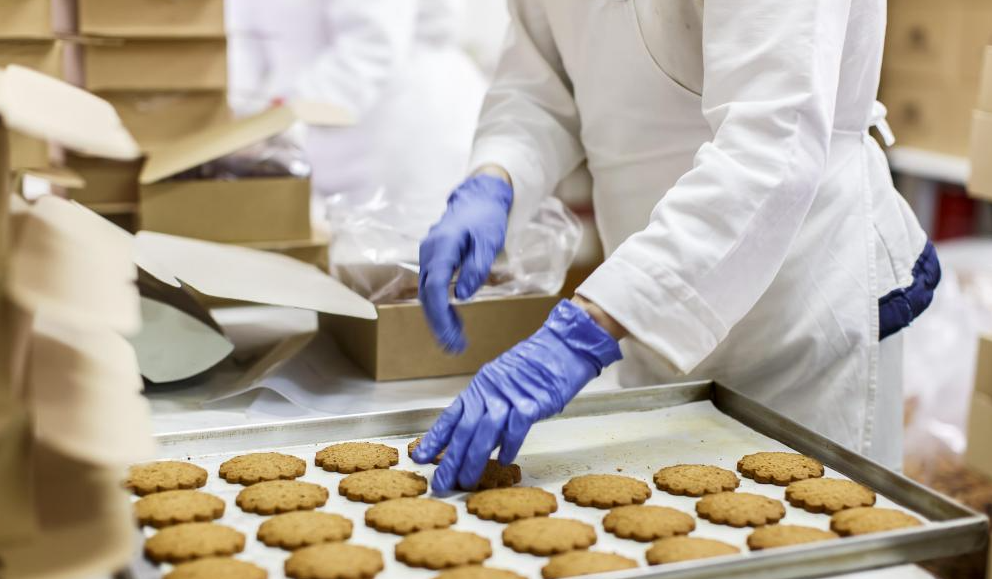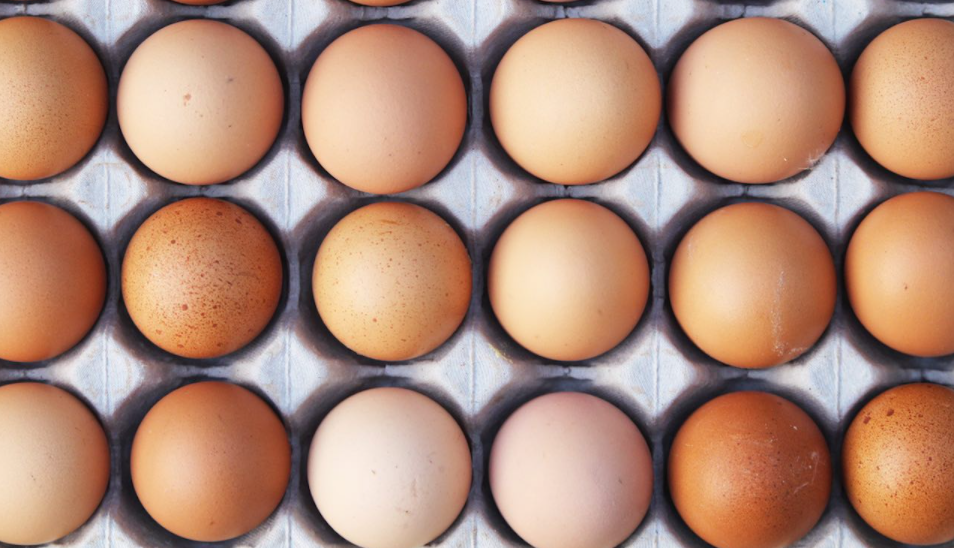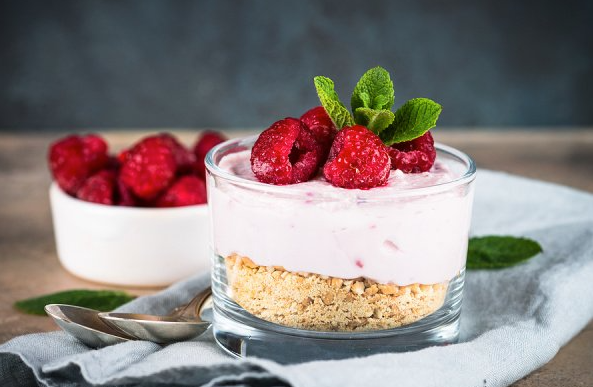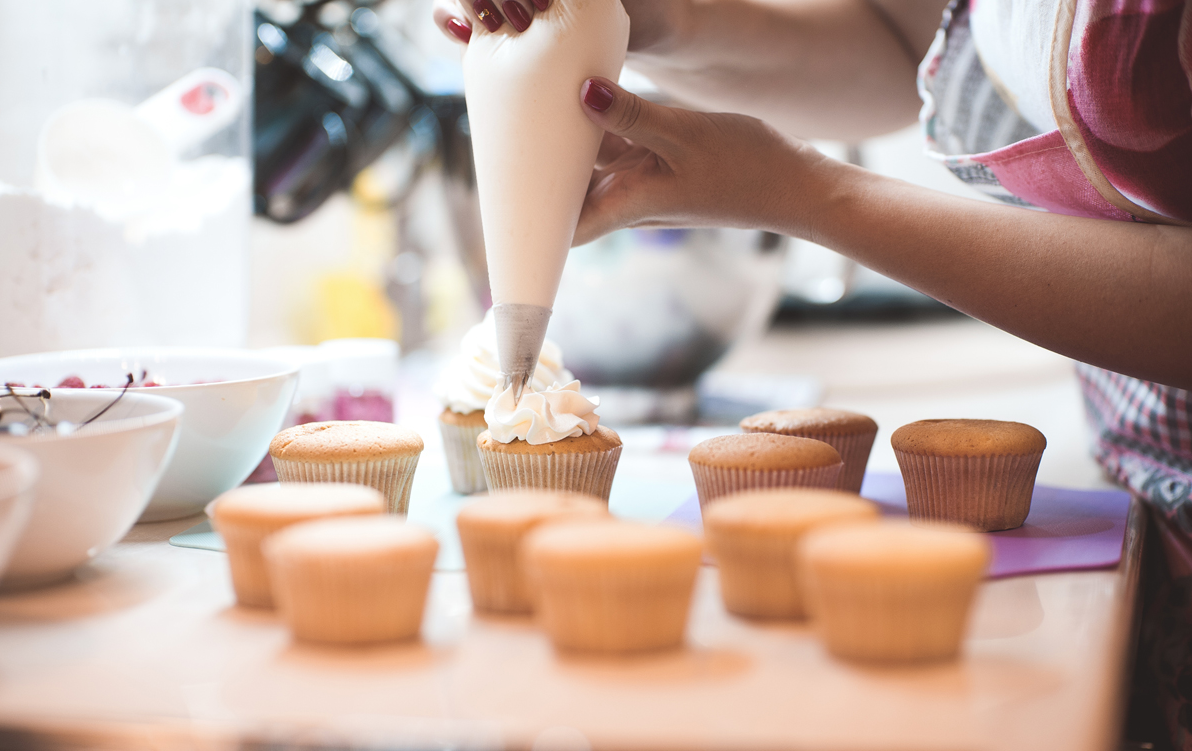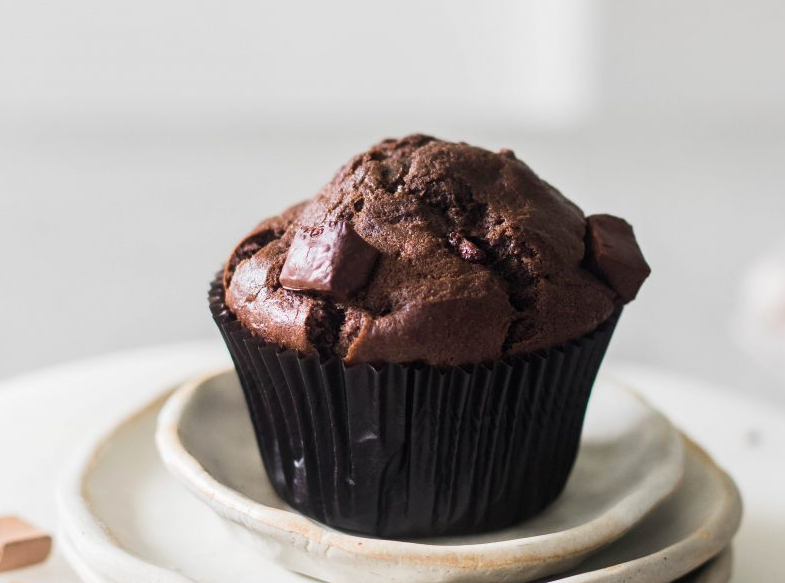The food industry offers many opportunities for those passionate about cooking and hospitality. Two primary options for chefs and culinary enthusiasts are working for a catering company or a restaurant.
Both environments have their unique advantages and challenges. In this article, we will explore the key differences between working for a catering company and a restaurant to help you decide which career path is right for you.
Catering Company: Pros and Cons
Catering companies provide food services for various events, such as weddings, corporate functions, and parties. Working for a catering company can be a fulfilling and rewarding experience, offering several benefits:
- Flexible hours and variety: Catering events typically occur during weekends or evenings, allowing employees to maintain a more flexible schedule than standard restaurant hours. Additionally, the events catered by these companies may differ in theme, location, and menu, providing a diverse work experience.
- Creativity: Catering companies often have the opportunity to create unique, customized menus for their clients. This allows chefs to showcase their culinary talents, experiment with new dishes, and push their creative boundaries.
- Networking opportunities: Catering events offer the chance to network with various professionals, from event planners and photographers to venue managers and clients. These connections can lead to future job opportunities or collaborations within the industry.

However, there are some challenges to working for a catering company:
- Inconsistent work: The number of events a catering company books can fluctuate, leading to inconsistent work hours and income. This may make it difficult for employees to plan their budgets and maintain a steady income.
- High-pressure environment: Catering events require strict timelines and meticulous attention to detail. Employees must handle the pressure of meeting deadlines and ensuring client satisfaction.
- Physical demands: Catering work can be physically demanding, as employees must transport equipment, set up and break down event spaces. Long hours on your feet and heavy lifting are common aspects of the job.
Visit the website to find out more about different aspects of catering.
Restaurant: Pros and Cons
Restaurants offer a more traditional culinary career path. Chefs, servers, and other staff members work together to create memorable dining experiences for guests. Here are some advantages of working in a restaurant setting:
- Steady work and income: Unlike catering companies, restaurants typically offer consistent work hours and income. This stability can appeal to those looking to maintain a regular schedule and steady paycheck.
- Skill development: Restaurants provide an excellent environment for honing culinary skills, learning new techniques, and mastering various cuisines. Working in a kitchen with other skilled chefs allows for mentorship and growth.
- Teamwork: Restaurant environments foster camaraderie and teamwork as staff members collaborate to provide exceptional service and food. Building strong relationships with coworkers can lead to a more enjoyable and supportive work environment.
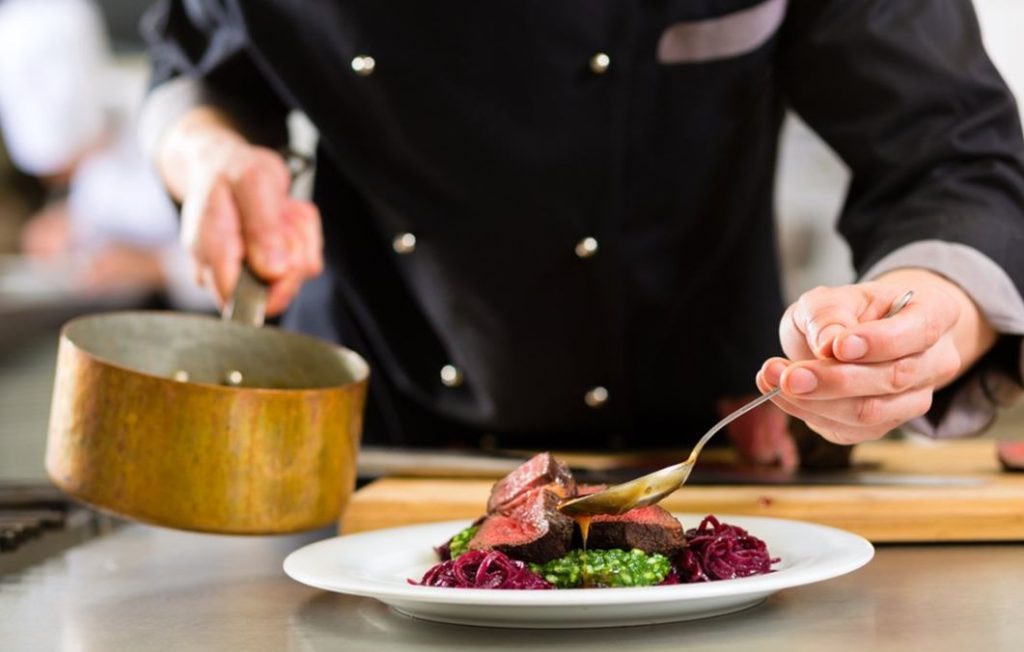
Despite these benefits, there are challenges to working in a restaurant:
- Long and irregular hours: Restaurants often require staff to work long hours, including weekends and holidays. Shifts can be unpredictable, leading to an inconsistent work-life balance.
- High-pressure environment: Similar to catering, restaurants can be high-pressure environments. Chefs and kitchen staff must work quickly and efficiently to meet service demands, while front-of-house staff must manage customer expectations and satisfaction.
- Limited creativity: Depending on the restaurant, chefs may have less creative control over the menu. Some establishments may require strict adherence to recipes and presentation, limiting culinary exploration opportunities.
Making the Choice
When deciding between a catering company and a restaurant, consider your personal preferences and career goals. If you value flexibility, variety, and networking opportunities, a catering company may fit you.
On the other hand, if you prefer a more stable work environment, consistent income, and opportunities for skill development, a restaurant setting may be more appealing.
Here are some additional factors to consider when making your decision:
- Work-life balance: Catering companies often provide more flexibility in scheduling, which can be advantageous for those with family commitments or other obligations. However, restaurants may offer more consistent hours, making it easier to establish a routine.
- Type of cuisine and establishment: Consider the types of food and the level of formality you prefer working with. Catering companies often work with various cuisines and accommodate different event styles, whereas restaurants typically focus on a specific type of food and atmosphere.
- Growth potential: Evaluate the opportunities for career advancement within each type of establishment. Catering companies may offer more diverse experiences, leading to a broader skill set. However, restaurants often provide a more structured career path, with opportunities to progress from line cook to sous chef, and eventually, executive chef.
- Location: Think about where you want to work, as catering companies and restaurants can vary in their locations. Catering companies may require travel to various event venues, whereas restaurants are usually fixed in one location.
- Job security: While catering and restaurant jobs can be susceptible to economic fluctuations, restaurants may provide more job security due to their consistent work hours and steady income.
- Personal satisfaction: Ultimately, consider which work environment will provide you with the most personal satisfaction. Reflect on your values, interests, and goals to determine which career path aligns with your vision for your culinary career.
Working in the food industry can be an exciting and rewarding career choice. Both catering companies and restaurants offer unique opportunities and challenges for culinary professionals. By considering factors such as work-life balance, growth potential, and personal satisfaction, you can decide which path best suits your career goals and lifestyle.
Whether you work for a catering company or a restaurant, there are plenty of opportunities for personal growth, creativity, and success in the culinary world.

